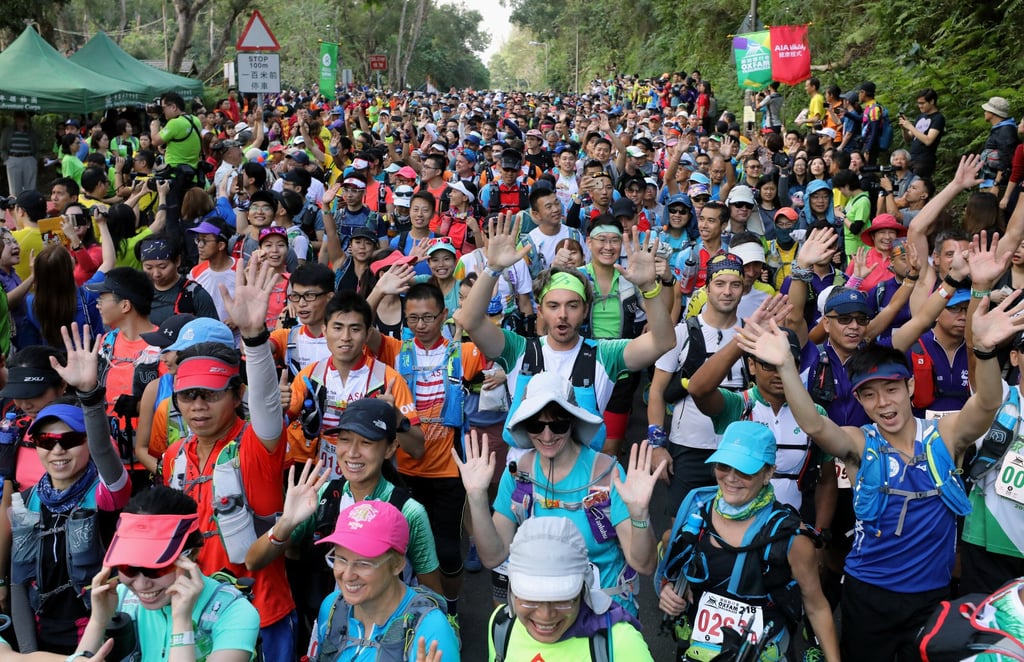Explainer | What should I do if I keep retwisting my ankle when running? Cause and solutions
- Twisting your ankle is one thing, but do you ever find that once you have twisted it, you keep repeating the same injury?
- Rest and returning to running slowly are important, and so is improving your strength, stability and mobility

It is common for runners to find that if they twist their ankle, they are likely to twist it again soon after returning from the initial injury.
This could be because of a few reasons, and there are some simple remedies.
What’s an ankle twist? Why does the injury repeat itself?
The actual injury could be one of a few things. Once you roll your ankle, you could have bruised it, stretched a tendon or ligament, or even torn a ligament. It could be one of a few different tendons or ligaments, and the most common is the lateral ligaments on the outside of the ankle.

Once it has been stretched, it is looser and therefore the stability of your joint is reduced. This is why you repeat the injury easily. If it is torn, then you are in for a long recovery, and will probably not be able to run, let alone repeat the injury.
Counter-intuitively, you might have the opposite problem. If you injure your ankle, your muscles around the joint can seize up to protect the injured area. This reduces mobility and could result in a repeated injury as you lack the normal amount of mobility.
The underlying issue that caused the initial twisting injury might also be the cause of the repeated injury too – such as overtraining, lack of strength, unbalanced strength, lack of stability or mobility, or the wrong shoes.